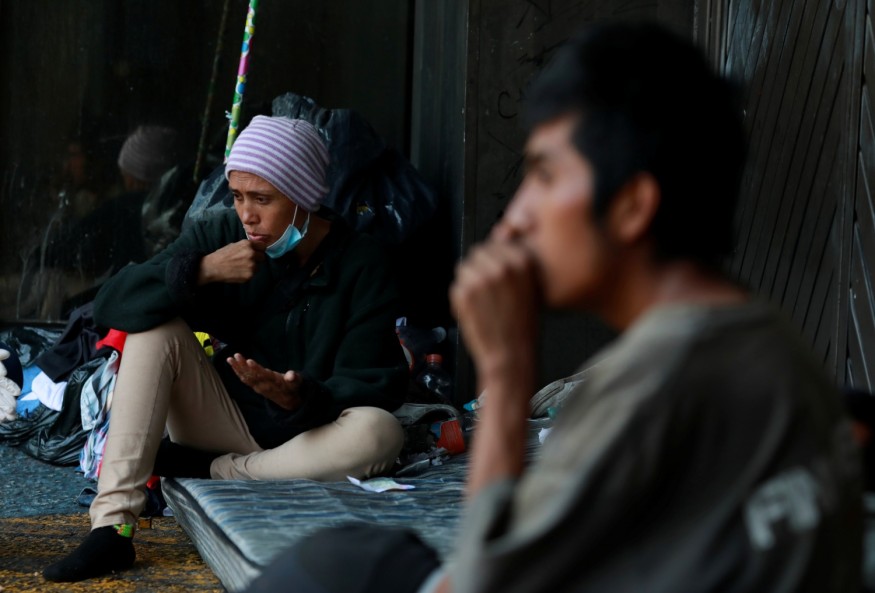Latin America’s Two Crises During the Pandemic

In March, there was a sharp escalation of cases of patients in Latin America admitted with COVID-19. The first of this series of cases was recorded in Brazil, and, nearing the end of the month, had over 2,200 cases, followed closely by Ecuador and Chile. As of recently, Ecuador is a hotspot for the coronavirus.
From a rational standpoint, these numbers may appear low at first, but a mere two weeks earlier, only 25 cases were recorded in the entirety of Latin America.
Brazil's Health Minister, Luiz Henrique Mandetta, predicted that, without intervention, their health system could collapse by the end of April.
He added, "You can have the money. You can have a private plan. You can have a court order. But there is simply no room for you."
A country in debt?
From the period of the global financial crisis from 2008 to 2019, the fiscal balance in Latin America swelled from -0.4% to -3% of GDP. In contrast, the public debt increased from 40% to 62% of GDP.
Latin America is still paying 700 basis points to service its debt over to U.S. treasuries. Since countries like Argentina and Ecuador need loans from multilateral institutions to pay off the credit beyond 4,200 basis points each, then the region will be yet to surface from the crisis of indebtment.
In consideration of exponentially increasing debt, the region's fiscal expansion will only be enough to total half of which in the year 2009. This means that higher-income Latin American countries like Chile and Peru will be able to cope, while lower-income countries like Argentina and Ecuador, will find it difficult.
Check these out!
Trump to Expedite Aid to U.S. Farmers Affected by the Pandemic
Gruesome Tales: People Who Suffered Horrible Deaths Along the US-Mexican Border
Measures in place
Current government policies in Latin America are designed to work for times of stability-and during the COVID-19 pandemic; financing becomes a challenge as investors move the money to other assets and markets.
Health packages in response to the pandemic might be too costly for the lower-income countries in Latin America. Policymakers need to ascertain that expenditures are for the short term to regain some funds once the crisis is over.
Right now, employees are losing income working from home, so there must be programs developed by the local government units to support them. Current policies in Latin America may not be enough for underfunded countries. In Venezuela, especially, there is already an economic recession, scarcity of food and water, and weak health systems. The financial and health crises are both crippling in low-income countries.
As mentioned before, the number of cases in Latin America appears low-but this might only be because of the number of tests conducted. In the 20 countries conducting the fewest COVID-19 tests in the world, nine of these countries are in Latin America.
Other nations attempted early prevention measures last March, from banning flights to restricting public events and suspending school. Countries that were slow to respond to the crisis like Mexico and Brazil are only just recently shutting businesses down for nonessentials, banning flights, and bolstering their health systems.
An excellent way to remedy this would be to allocate the funds properly to the health sector. According to the Inter-American Development Bank, they reported their findings that the public funds that were meant for the lower-income families in Latin America were going to the upper classes. The waste totaled to 4.4% of GDP.
Subscribe to Latin Post!
Sign up for our free newsletter for the Latest coverage!

















